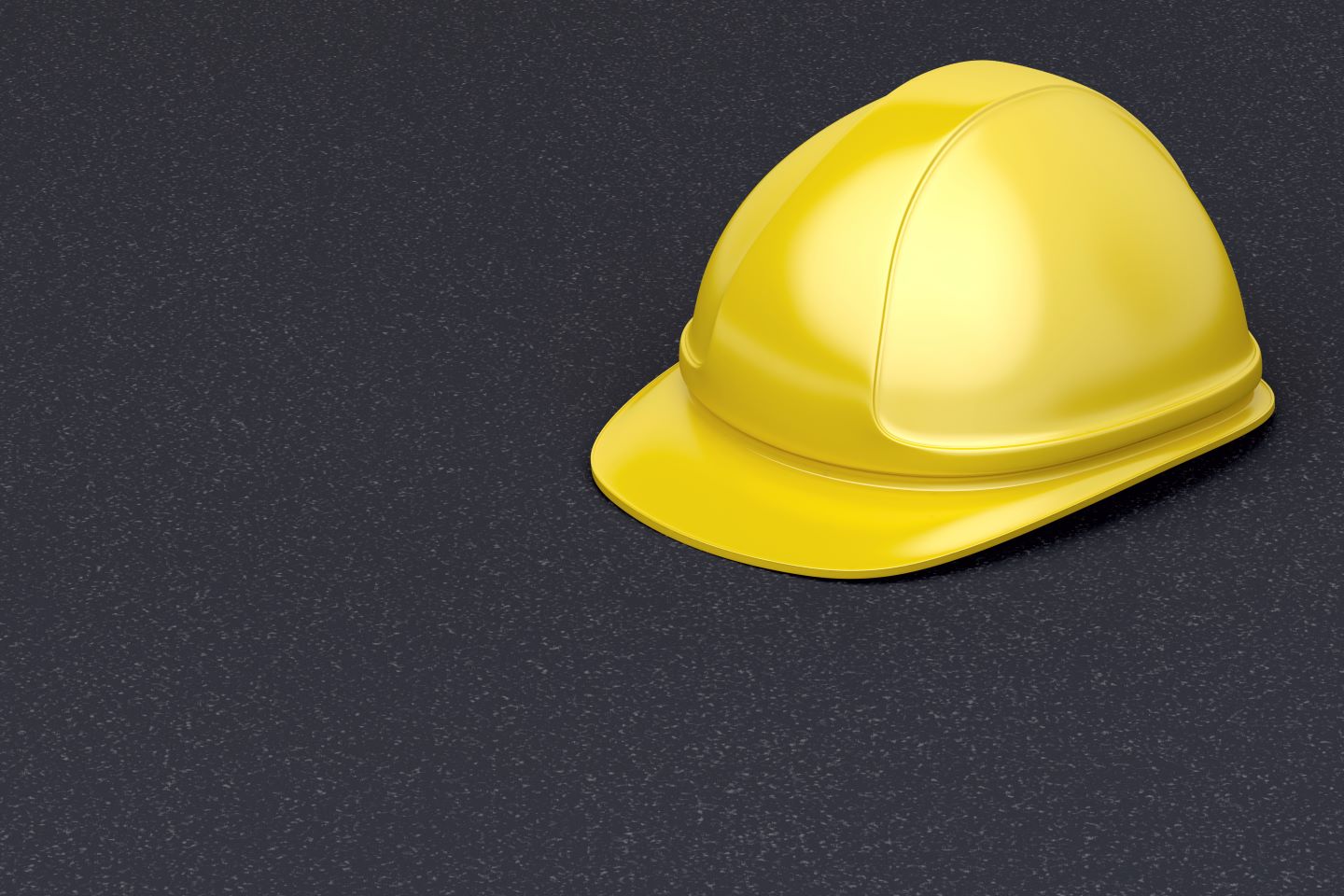Digging into Hydro Excavation Safety
Hydro excavation (Hydrovac) is a method of digging that uses pressurized water and a vacuum system to break up and remove soil. Commonly used in construction and utilities, safety is imperative when working with equipment due to the use of high-pressure water and potentially hazardous materials. Today, let’s dig further into hydrovac safety.
Hydrovac is often preferred over other methods because it is the safest, least destructive, and most environmentally friendly method. Hydrovac trucks first use high-pressure water and air jets to loosen surface material and then remove the loosened soil using powerful suction. Vacuum excavation uses non-mechanical sources to complete each task, thus eliminating the potential for damage to underground utilities such as gas, fibre optic or electric lines.
“A small amount of dirt may not seem dangerous, but one square yard can weigh more than 3,000 pounds—the weight of a compact car. This small amount of dirt is enough to fatally crush and suffocate workers.” -Centers for Disease Control and Prevention
Underground Cables
It is essential to ensure that each digging nozzle end is protected with a non-conductive coating and that all vacuum tube ends are protected with a soft, non-conductive coating. Doing so is the best way to avoid damage to underground utilities. On the other hand, the use of steel-crown ends can cause damage to utility lines and should never be used. Job-site safety practices include treating all electrical utility lines as if they are live, with the potential to cause severe injury or death.
If an on-site contractor is working with exposed energized or isolated cables, the following practices must be adhered to:
- Staff and the public must be warned of on-site hazards when entering or passing by the job site. Use signage and Safety Watch personnel.
- The contractor must display signs as outlined by proper contractor procedures and the applicable legislation.
- When excavating is in progress, signs indicating ‘Danger’ must be posted within three meters of the truck. This is done to reduce the risk of injury.
- To avoid electrical touch injury, no person should come into contact with the truck while the excavation is taking place.
Overhead Wires
Safety practices must always be followed when overhead electrical lines and equipment are present. When voltage is unknown, it is required that all personnel and equipment on-site keep back a minimum of seven meters from overhead lines or if the voltage is known as per legislated requirements. Safe movement distances must also be monitored when the boom is in use.
Safe communication procedures must be followed to avoid incidents when boom movement is required around overhead power lines. These safety procedures also apply during the set-up or repositioning of boom equipment.
Occasionally, rocks or surface debris can clog the dig tube and must be removed to retain proper suction. It is essential to be cautious when repositioning the dig tube, especially if it must be elevated to remove the blockage.
Worker Safety
Safety from injury and falls should be the highest priority on the job site.
To significantly reduce the likelihood of workplace incidents, all workers and personnel should be familiar with the following safety procedures:
- Each worker should be fully aware of all hazards and potential dangers to their health and safety before the hydrovac operation begins.
- Workers who operate hydrovac equipment must be trained in excavation procedures and machine safety techniques. Hydrovac machinery should only be used in full accordance with operating manuals as set by the manufacturer.
- Each on-site contractor and all hydrovac equipment personnel must be familiar with safety procedures and monitored by a competent employee.
- Each worker must always be fully equipped with personal protective equipment (PPE) that meets the requirements of the task hazard assessment and local legislation requirements.
- Caution should always be practiced when working with hydrovac equipment. The main hazards associated with job-site injuries include:
-
- Falls when working near trenches or excavation sites
- Traffic and other road hazards
- Electrical shock
- Confined space work
- When working in a confined space, such as a hydrovac tank, workers should have good working knowledge, training, and experience. Confined spaces should be tested and evaluated before entry by workers to meet the requirements of local legislation.
- All job-site personnel should be fully trained to operate and inspect the equipment required to perform each task. This includes:
-
- Hydrovac equipment
- Personal protective equipment and gear
- Fall prevention and protective equipment
- Equipotential bonding and grounding systems
Safety is critical when it comes to working with hydrovac equipment to prevent accidents, incidents and injuries. Therefore, always prioritize safety when using equipment and follow best practices and guidelines.

